Demand for commercial real estate has fueled a building boom
Commercial and residential real estate are in demand. But even before the housing crash of the recession of a decade ago, Maine was dealing with real estate issues that were difficult to turn around.
Large mill spaces across the state were emptying, and staying empty. A proliferation of shopping areas anchored by big-box stores contributed to the commercial drain on downtowns. Housing stock was aging and not being replaced.
With recovery from the recession came a real estate boom that started in 2011 and has steadily grown since.
“I’ve been in the business for close to 15 years and the strength of the 2018 market surprised me,” Tom Landry, of Benchmark Residential and Investment Real Estate said when he presented the southern Maine residential portion of the Maine Real Estate and Development Association index earlier this year.
He said that while the strength of the Portland market is driven in a large part by national attention over its foodie scene and commercial development, the development boom is helping other markets.
“Other cities and towns like Westbrook, Yarmouth, Brunswick and Biddeford, for example, are investing in their infrastructure, business community and town centers as well,” he said. “This ‘hyper local’ movement draws in businesses and amenities that attract buyers and increase values.”
It’s not just in southern Maine. Housing sales in Piscataquis County increased 21.5% in 2018, the highest increase in the state, driven in large part by low prices and out-of-staters buying second homes in an area known for its outdoor recreation.
Brokers in farther reaches of Maine say, though, that lack of inventory and few investments in new construction mean a crunch that makes further growth difficult.
Still, some of those issues that seemed tough to solve 25 years ago are turning around. Recent commercial and residential real estate highlights include:
- Reuse: A massive mixed-used development at Scarborough Downs, where development of 500 acres around the harness-racing track began in October with the 50-acre residential portion. Two-thirds of the homes have already been sold — and infrastructure work on the rest will begin this spring. Plans are for a “walkable community” that will include commercial and light industrial.
- Redevelopment: The remake of Brunswick Naval Air Force Base, which began in 2011, now has 120 business and has added nearly 2,000 jobs to the area. Development of nearly 400 units of former Navy housing, both for sale and rent, began last year.
- Commercial growth: Portland’s peninsula has boomed, particularly on the waterfront. A four-block area of the previously under-developed eastern waterfront alone means more than 700,000 square feet of new or planned development, including the new WEX Inc. headquarters; the Covetrus headquarters; Shipyard Brewing’s “brewtel” on Newbury Street; and mixed-use developments at 100 Fore St. and 58 Fore St.
- Urban centers: Formerly struggling downtowns — including those in Bangor, Augusta, Lewiston, Auburn, Biddeford, Waterville — are making a comeback with a mix of public and private investment. The new Opportunity Zone tax benefit is expected to spur even more.
- Mill redevelopment: Long-vacant mills, like the Pepperell complex in Biddeford and nearby Saco Island complex have been bought and redeveloped for both commercial and residential use.
- Residential real estate: Sales of existing homes, as well as median prices, have been on a steady rise beginning in 2011, and are at an all-time high.
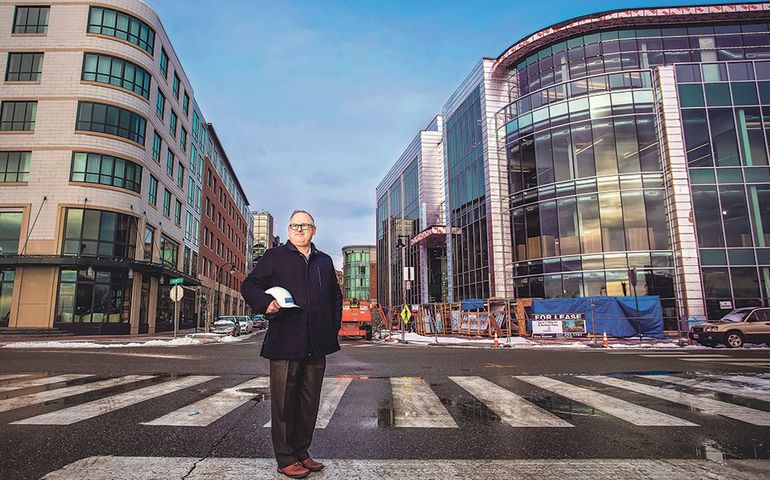
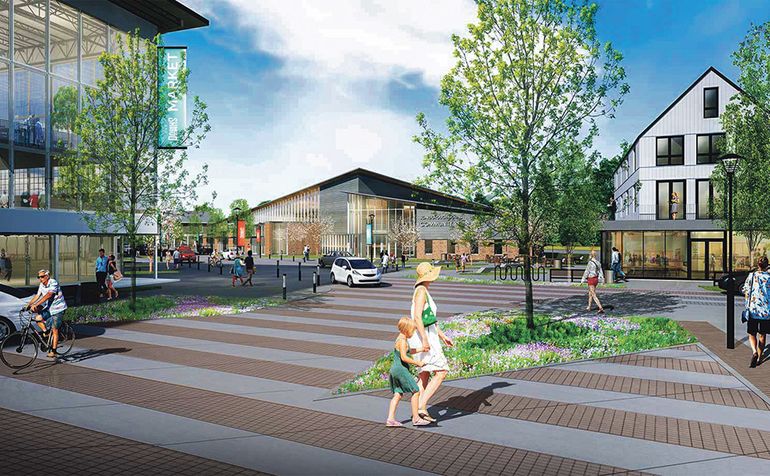
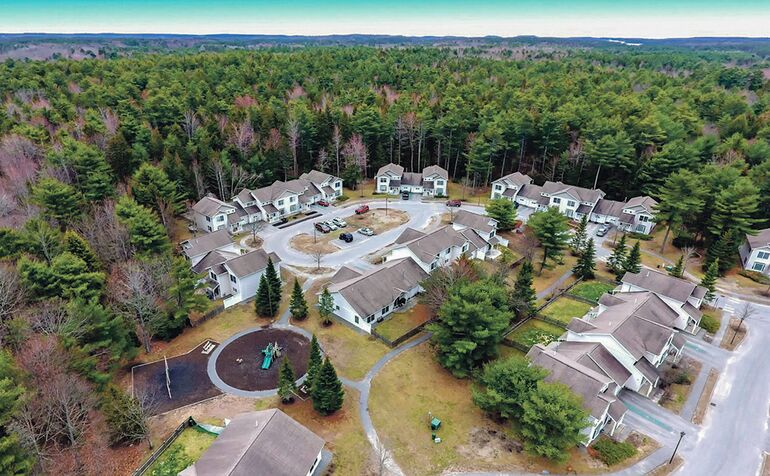
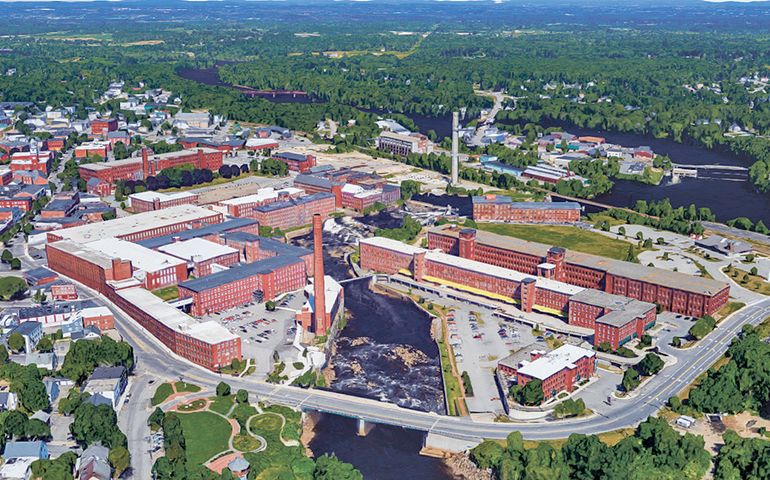
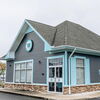






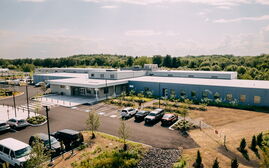

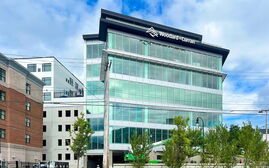




0 Comments